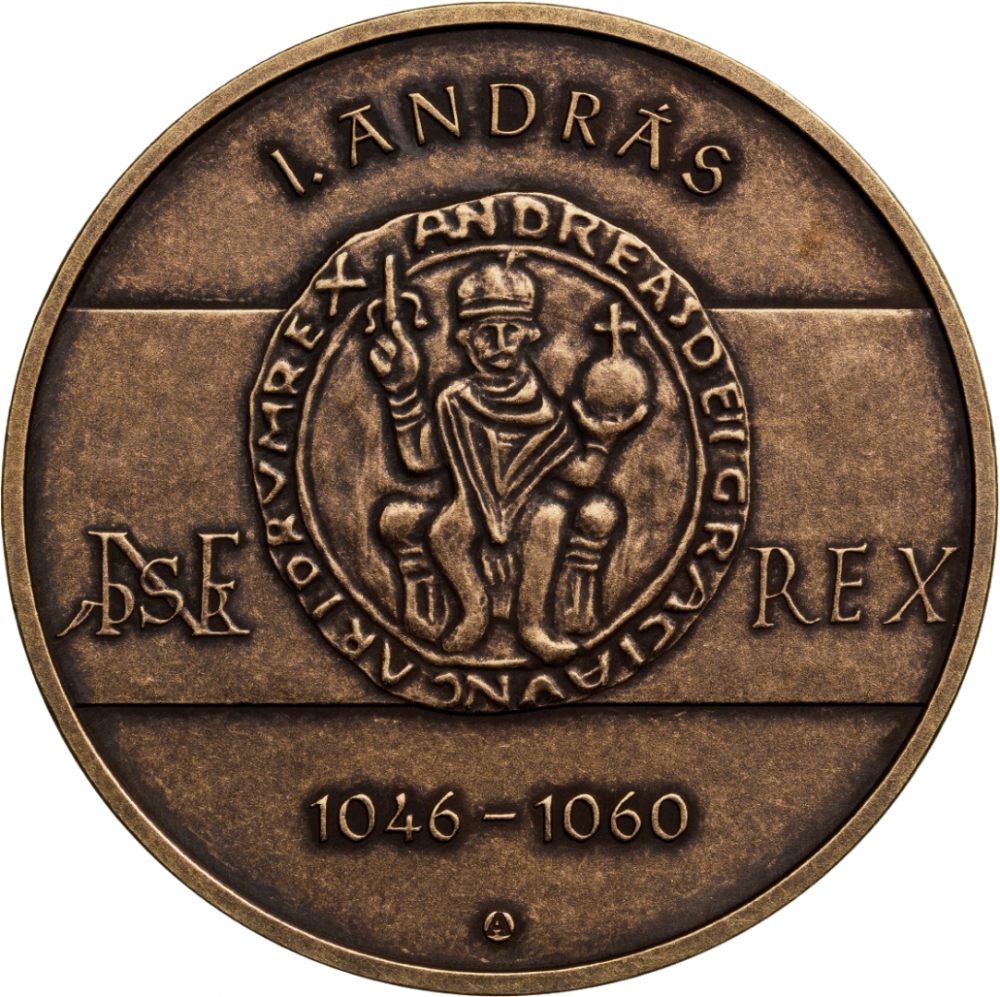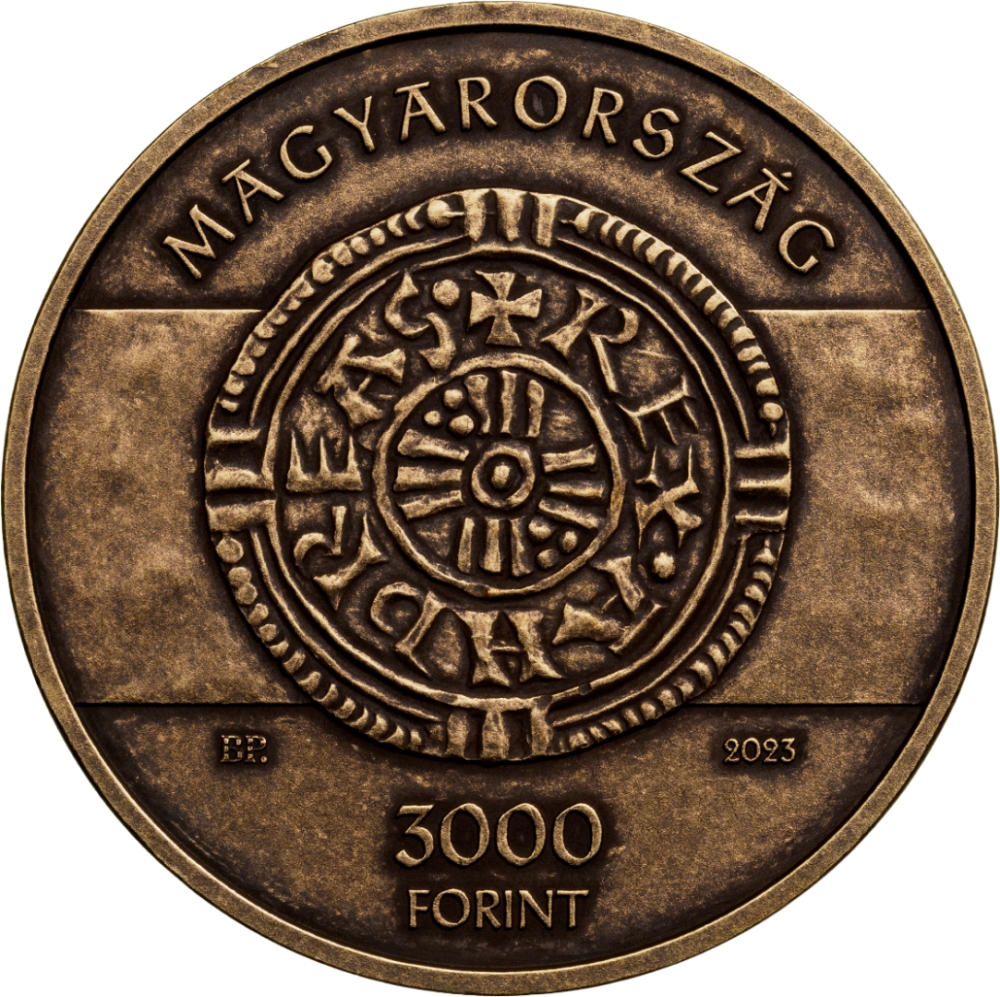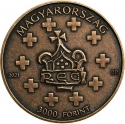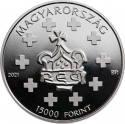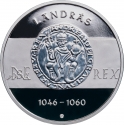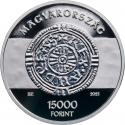You are about to finish your registration. Please check your mailbox (including spam folder). There should be a letter with a confirmation link. Check setting to make sure that your e-mail address is correct.
Send letter againDescription
The Árpád dynasty, also known as the House of Árpád, ruled Hungary from the 9th century through 1301. Named after Grand Prince Árpád, who led the Hungarian tribes into the Carpathian Basin around 895, the dynasty began with the reign of Álmos as the first Grand Prince and continued with Saint Stephen, the first king of Hungary. The Árpáds played a crucial role in establishing Christianity as Hungary's state religion and were known for their extensive dynastic connections across Europe.
The Árpád dynasty produced a significant number of saints and blesseds, earning the title "Kindred of the Holy Kings." The dynasty's influence lasted for 400 years, ending with the death of King Andrew III in 1301. Although the male line ended, subsequent Hungarian kings, except King Matthias Corvinus, were cognatic descendants of the Árpáds. The House of Croÿ and Scotland's Drummond family also claim descent from this royal lineage.
Andrew I the White or the Catholic (c. 1015 – 1060) was King of Hungary from 1046 to 1060. A member of the Árpád dynasty, he spent fifteen years in exile before a pagan revolt enabled him to seize the throne from King Peter Orseolo. Andrew strengthened Catholicism in Hungary and defended its independence against the Holy Roman Empire. Andrew was married to Anastasia of Kiev, daughter of Yaroslav the Wise, Grand Prince of Kiev. His attempts to secure his son Solomon's succession led to a revolt by his brother Béla, who dethroned Andrew in 1060. Severely injured in the ensuing battles, Andrew died before Béla's coronation.
Engraver: András Szilos
Obverse

|
Mirrors the composition of the reverse, on a parchment-like surface evoking the founding charter of the Tihany Abbey - featuring the seal of Andrew I, which serves as an authentic source for the stylized depiction of the ruler, surrounded by the Latin inscription "ANDREAS DEI GRACIA VNGARIORUM REX" (ANDREAS, BY THE GRACE OF GOD, KING OF THE HUNGARIANS). On the parchment-like surface, the left side features the ligature and combined letters of Andrew I's name as it appears in the founding charter of the Tihany Abbey, while on the right side is the Latin inscription "REX" (KING). At the top in a semicircle is the ruler's name in the inscription ANDREW I", while at the bottom are the years of his reign "1046 – 1060", and below that is the privy mark of the engraver. I. ANDRÁS |
|---|---|
Reverse

|
Depicts on the obverse side of a coin minted by King Andrew I, featuring a parchment-like surface reminiscent of the founding charter of the Tihany Abbey. The contemporary coin features a pearl motif running around the edge, with decorative illustrations in the central field. The inscription on the coin reads "+ REX * ANDREAS *" (KING ANDREW). At the top edge, the inscription "HUNGARY" in a circular pattern, below it, in two rows, the denomination and the inscription "FORINT," on the left side, the mint mark "BP.," and on the right side, the year of issue "2023." MAGYARORSZÁG |
| Edge |
Andreas, by the grace of god, king of the Hungarians ANDREAS DEI GRACIA VNGARIORUM REX * |
3000 Forint
Nation-Building Sovereigns of the Árpád Dynasty
Andrew I the White
Subscribe series
KM#
Nation-Building Sovereigns of the Árpád Dynasty
Andrew I the White
